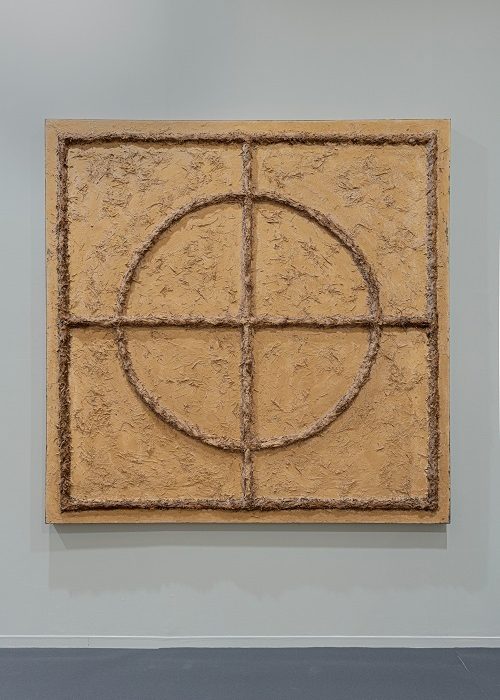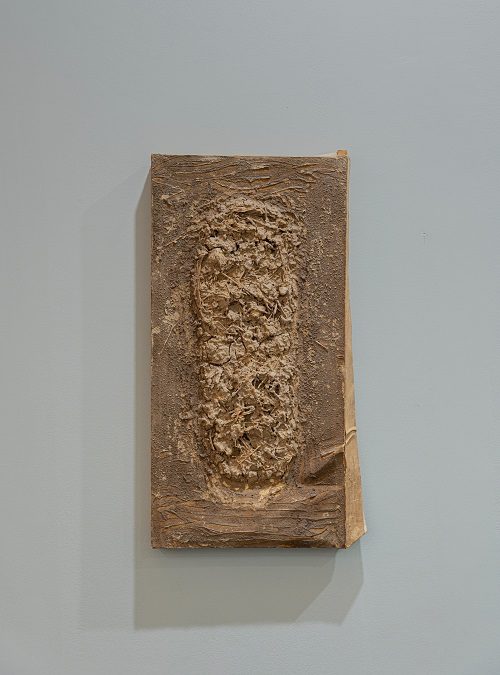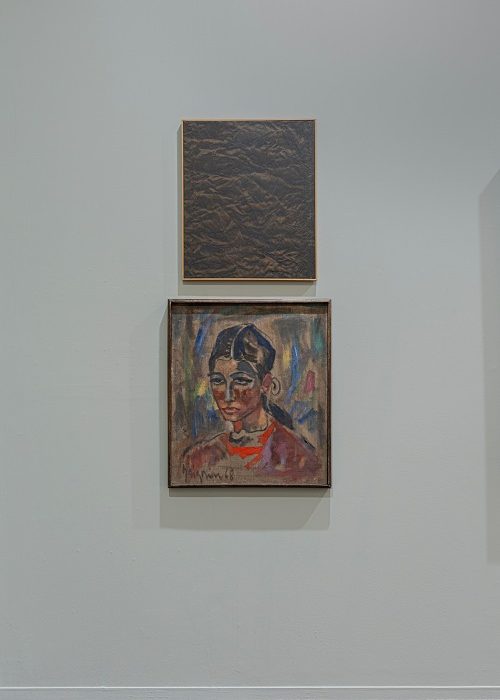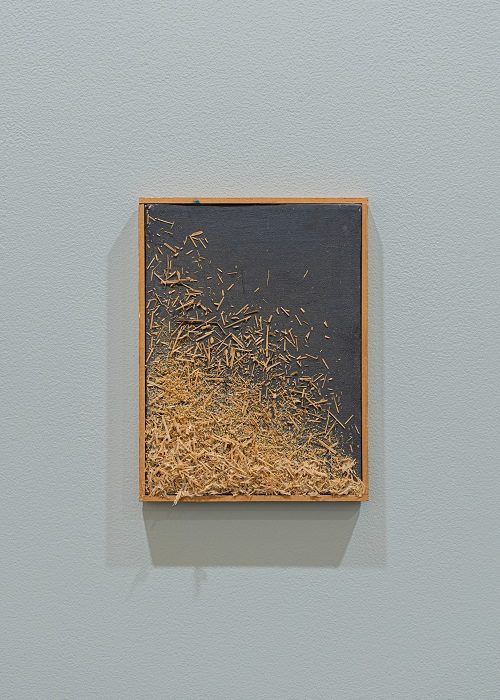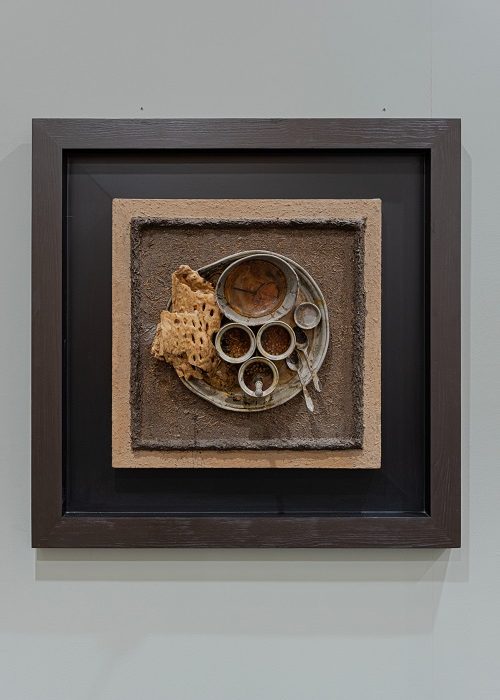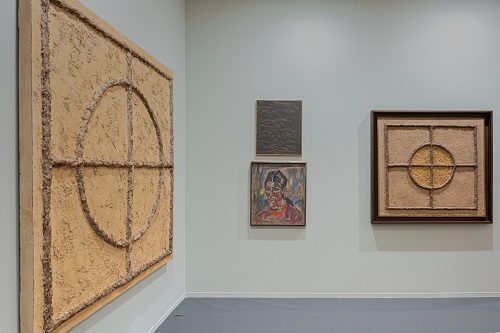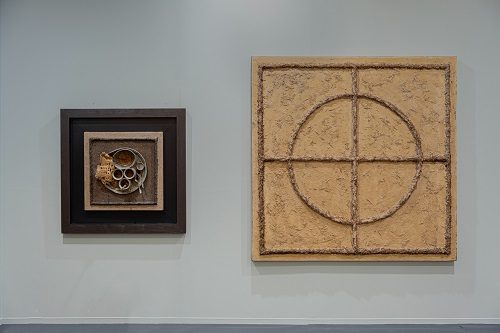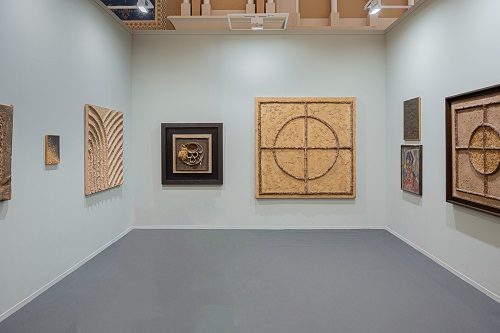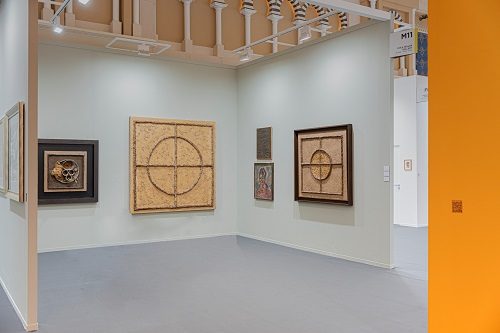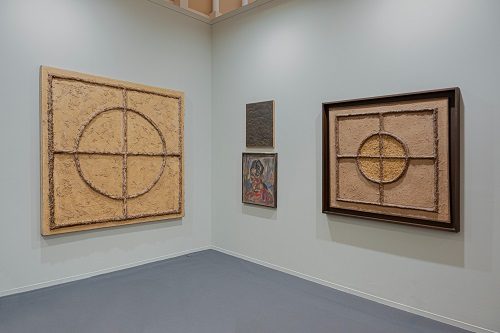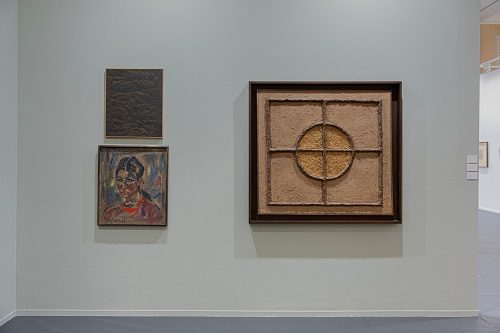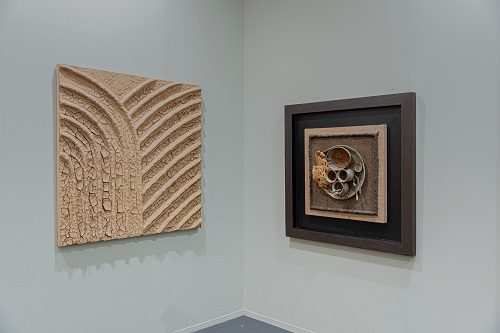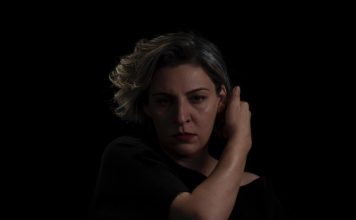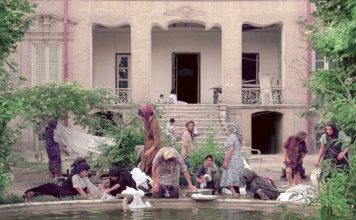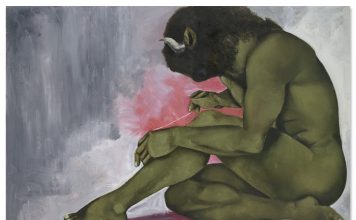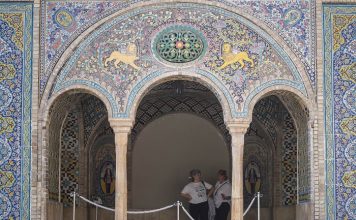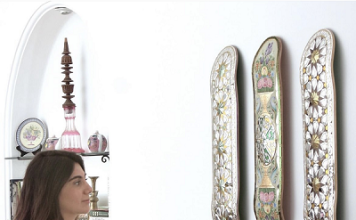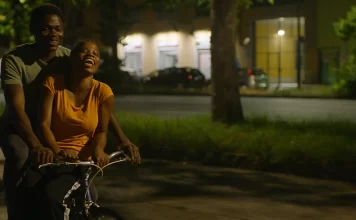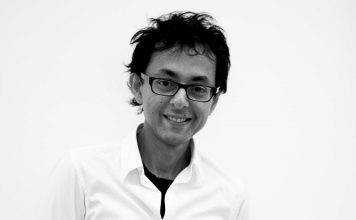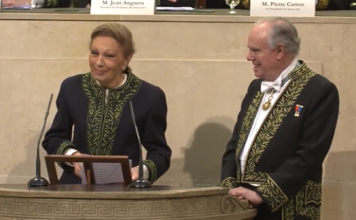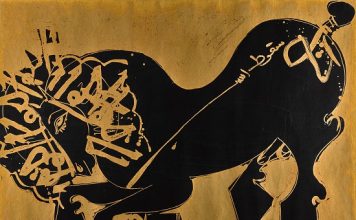By Rawaa Talass
Art Dubai — the Middle East’s leading art fair — held its 17th edition with more than 100 galleries taking part, and modern masters including Marcos Grigorian, Monir Farmanfarmaian and Parviz Tanavoli in the spotlight.
[aesop_image img=”https://kayhanlife.com/wp-content/uploads/2024/03/Monir-Shahroudy-Farmanfarmaian-_Untitled_-2005-mosaic-mirrors.-Courtesy-of-the-artists-estate-and-The-Third-Line-Dubai.jpeg” panorama=”off” credit=”Monir Shahroudy Farmanfarmaian. Mosaic mirrors. ” align=”center” lightbox=”off” captionsrc=”custom” caption=”Courtesy of the artist’s estate and The Third Line, Dubai.” captionposition=”left” revealfx=”off” overlay_revealfx=”off”]
The emphasis at the fair is on art of the Global South.
“We have our own way of reading what contemporary art is,” the fair’s Spanish artistic director Pablo del Val said at a press conference during the fair, which ran from March 1 to 3. “We exhibit and try to push proposals that are coming from geographies that aren’t the focus in any major art fair in the West.”
March 1, 2024 – In a video provided to Kayhan Life by journalist Rawaa Talass, the Art Dubai 2024 exhibition highlights prominent Iranian artists. Their works are showcased in the following order: Kamrooz Aram, Parviz Tanavoli, Monir Farmanfarmaian, Pooya Aryanpour, Marcos Gregorian, Ali Nassir, and Moslem Khezri.
Iranian gallerists, collectors, fair-goers and artists were present in force.
The Leila Heller Gallery, which operates spaces in Dubai and New York, returned to the fair with two stands. One of them showcased colorful, contemporary paintings by 14 artists from Iran, Lebanon, and the UAE, among other countries.
The other, focused on modern art, had an intimate display of “Earthworks” from the 1960s and 1970s by the Iranian-Armenian master Marcos Grigorian (1925–2007), who was born in the Soviet Union. One of the fair’s key themes this year was Middle Eastern artists’ important relationship with the Soviet Union.
Some of Gregorian’s works contained humble materials, such as soil, mud and straw.
“The ‘Earthworks’ are literally from the earth. He wanted to take a part of Iran and put it in his work,” Ella Schwartz, the director of Leila Heller Gallery in New York, told Kayhan Life.
Another intriguing work on display was “Abgousht Dizi (Iranian Lunch)” (1971), in which actual loaves of bread, silver spoons and little pots of stew on a round tray are dipped in resin, giving the overall installation a slight glossy effect.
Schwartz said the works on the Leila Heller booth were drawing global interest – from institutions, the Iranian community in Dubai and beyond, and Russian buyers.
The Dubai-based Third Line gallery put on a multi-artist display of painting, photography and sculpture. One floral-themed piece was by the pioneering modern artist Monir Farmanfarmaian (1922–2019), known for her dazzling mirror works.
“Most of her mirror works are very geometric. This one is a bit more whimsical and free,” the gallery’s director Gabriella Moore told Kayhan Life. “When Monir returned to Iran in her eighties for the first time since the Revolution, she created this piece from memory of an artwork that she left in her studio.”
Three galleries from Tehran participated in Art Dubai this year: Sarai Gallery, O Gallery, and Dastan Gallery.
The Dastan Gallery had a rarely seen, large sculptural work of carved lions by Parviz Tanavoli. Colored in blue and pink, the 2016 work is made of wood and papier mache. Lions are an ancient symbol of Persia.
After a seven-year absence from the fair, O Gallery attended for the second time, dedicating its vibrant booth of paintings, works on paper, and sculptures to four Iranian artists: Maryam Mohry, Ali Nassir, Ashkan Sanei and Shideh Tami.
The Sarai Gallery showcased paintings and sculptures by a selection of artists born in the 1980s and 1990s. Among them was Moslem Khezri, who paints evocative scenes of people interacting in places like the airport or a classroom.

